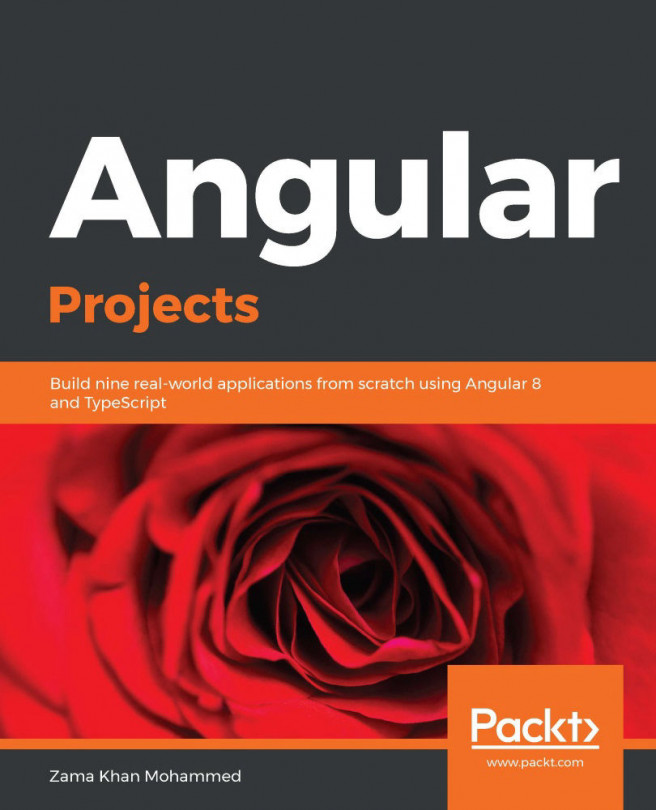Summary
In this chapter, we went through the core building blocks of an Angular application: directives and components. We built a couple of sample components, which showed us the syntax to be used for the definition of these fundamental concepts. We also described the life cycle of each directive and the core set of features the given directive and component have. As the next step, we saw how we can enhance the performance of our application using the OnPush change detection strategy with an immutable data.
The next chapter is completely dedicated to the Angular services and the dependency injection mechanism of the framework. We will take a look at how we can define and instantiate custom injectors and how we can take advantage of the dependency injection mechanism in our directives and components.




































































